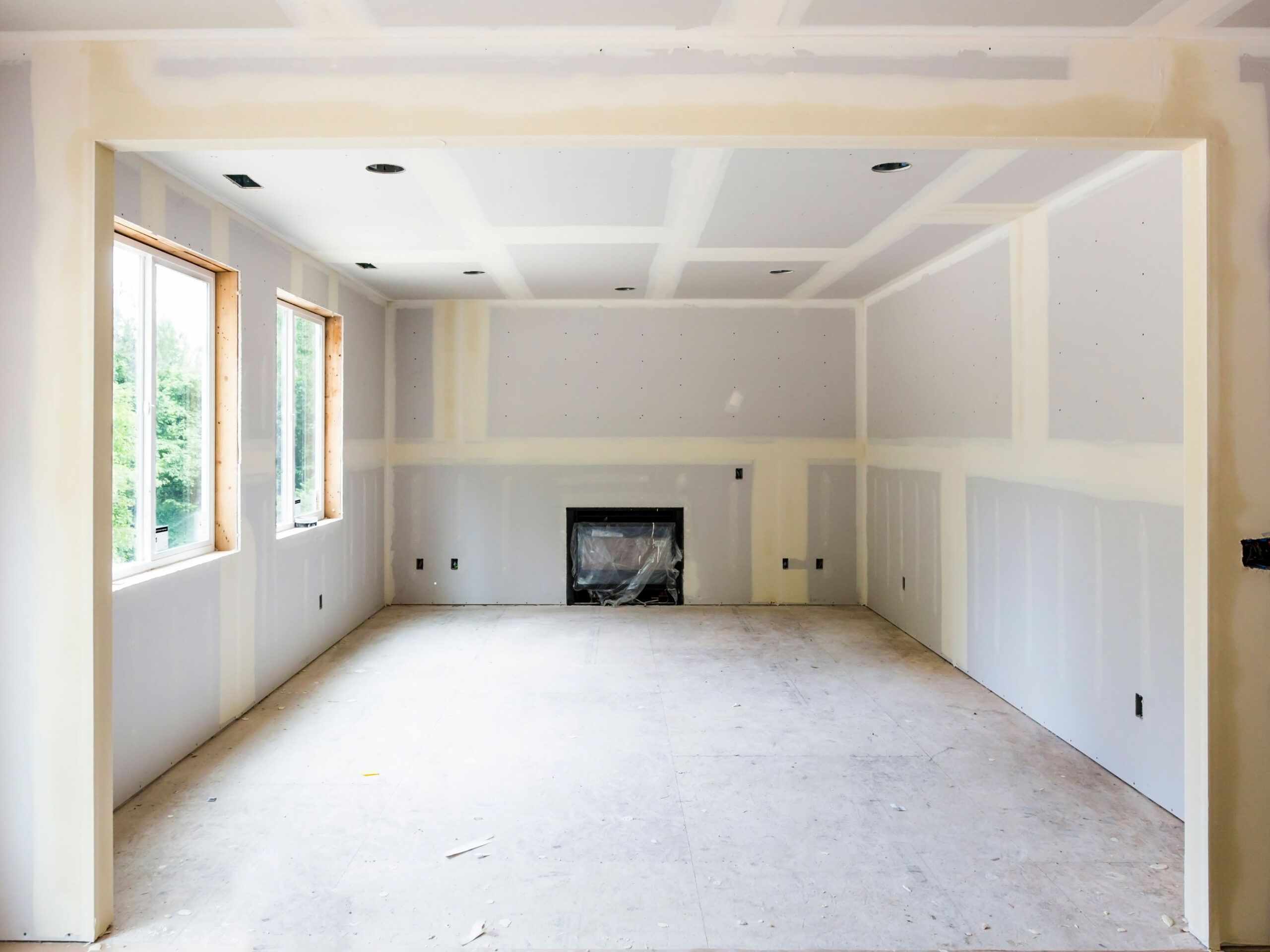

Articles
What Are Interior Walls Made Of
Modified: October 20, 2024
Discover what materials are commonly used to construct interior walls in this informative articles. Explore different options and their pros and cons.
(Many of the links in this article redirect to a specific reviewed product. Your purchase of these products through affiliate links helps to generate commission for Storables.com, at no extra cost. Learn more)
Introduction
When it comes to building design and construction, interior walls play a vital role in defining the functionality and aesthetics of a space. They create partitions, provide structural support, and contribute to the overall design of a building. Interior walls can be made from a variety of materials, each with its own unique properties and characteristics.
In this article, we will explore the most common materials used for interior walls and delve into their advantages, disadvantages, and applications. From conventional materials like drywall and plaster to more unconventional options like wood, brick, concrete, stone, metal, glass, and composite materials, we will examine the features and considerations of each.
Understanding the different types of materials used for interior walls can help guide your decision-making process when it comes to renovating or constructing a space. By considering factors such as durability, cost, aesthetic appeal, and environmental impact, you can make an informed choice that aligns with your needs and preferences.
So, whether you are an architect, interior designer, or simply someone interested in the world of construction, join us as we explore the fascinating world of interior wall materials and discover the possibilities they offer for creating beautiful and functional spaces.
Key Takeaways:
- When choosing interior wall materials, consider factors like durability, cost, and aesthetic appeal. Drywall is cost-effective and versatile, while plaster offers elegance and soundproofing. Wood provides warmth, but requires maintenance, and brick offers timeless charm with thermal insulation.
- For a modern and stylish look, consider concrete, metal, glass, or composite materials. Concrete is durable and energy-efficient, while metal offers durability and fire resistance. Glass provides elegance and transparency, and composite materials offer strength, customization, and low maintenance.
Read more: What Nap For Interior Walls
Drywall
Drywall, also known as gypsum board or plasterboard, is one of the most common materials used for interior walls in residential and commercial buildings. It consists of a core of gypsum sandwiched between two layers of paper. Drywall is widely preferred for its affordability, ease of installation, and fire-resistant properties.
One of the major advantages of drywall is its versatility. It can be easily cut to fit any shape or size, allowing for flexibility in design. Drywall also provides a smooth and seamless finish, making it an ideal choice for painting or wallpapering.
In addition, drywall offers acoustic insulation, which helps reduce noise transmission between rooms. This makes it particularly desirable for applications where soundproofing is important, such as movie theaters, recording studios, or residential spaces with shared walls.
However, drywall does have a few drawbacks. It is susceptible to moisture damage and can sag or develop mold if exposed to excessive moisture. To mitigate this risk, moisture-resistant or greenboard-type drywall is available for use in areas prone to humidity, such as bathrooms or basements.
Furthermore, drywall is not a load-bearing material, meaning it cannot provide structural support. It primarily serves as a surface for finishing, separating rooms, and providing insulation.
Overall, drywall is a cost-effective and practical choice for interior walls in most applications. Its ease of installation, versatility, and range of finish options make it a popular choice among homeowners and professionals alike.
Plaster
Plaster has been used as a building material for centuries and is known for its durability and classic aesthetic appeal. Made from a mixture of gypsum, lime, sand, and water, plaster is applied in layers to create a smooth and seamless finish on interior walls.
One of the major advantages of plaster is its ability to provide a high level of detail and craftsmanship. Skilled artisans can create intricate designs and ornamental features using plaster, making it a popular choice for historical restoration projects or spaces that require a touch of elegance.
In addition to its decorative capabilities, plaster also offers excellent soundproofing properties. Its dense composition helps reduce noise transmission, making it suitable for spaces where privacy and acoustic control are important, such as theaters or conference rooms.
Furthermore, plaster is highly fire-resistant, providing an additional layer of safety for interior walls. It does not emit toxic fumes when exposed to high temperatures, helping to mitigate the spread of fire and protect occupants.
However, plaster does have some drawbacks. It requires skilled labor for installation, as the application process can be time-consuming and requires expertise to achieve a smooth and even finish. Additionally, plaster is more prone to cracking compared to other materials, especially in areas with temperature fluctuations or structural movement.
Moreover, plaster is not as readily available as some other materials, and its cost can be higher due to the specialized skills and craftsmanship required for its installation.
Despite these considerations, plaster remains a popular choice for those seeking a timeless and sophisticated look for their interior walls. Its durability, soundproofing capabilities, and ability to add a touch of elegance make it a desirable option for both residential and commercial spaces.
Wood
Wood has long been admired for its natural beauty and warmth, making it a popular choice for interior walls. From traditional wood paneling to modern wood-inspired finishes, this material offers a wide range of options for creating a unique and inviting space.
One of the key advantages of wood is its versatility. It can be used in various forms, such as solid wood planks, engineered wood panels, or reclaimed wood boards, each with its own distinct characteristics and aesthetic appeal.
Wooden interior walls provide a sense of natural charm and can add warmth and character to any room. They can be left in their natural state for a rustic look or stained and polished to match a specific design concept. The varied grain patterns and colors of different wood species offer endless possibilities for customization.
Wood also offers excellent insulation properties, helping to maintain a comfortable temperature and reduce energy costs. It has inherent thermal and acoustic properties that contribute to soundproofing and create a quiet and cozy environment.
However, there are some considerations when using wood for interior walls. Wood is susceptible to moisture and humidity, which can cause it to expand, warp, or even rot. Proper sealing and maintenance are crucial to prevent these issues in areas with high moisture levels, such as bathrooms or kitchens.
In addition, wood is a combustible material, so it is important to ensure that proper fire-safety measures are in place when using it for interior walls. Fire-resistant coatings or treatments can be applied to minimize the risk.
Wooden interior walls require regular care and maintenance, including occasional refinishing or resealing to preserve their beauty and protect them from wear and tear.
Despite these considerations, wood remains a popular choice for those seeking a natural and timeless look for their interior walls. Its versatility, aesthetic appeal, and insulation properties make it a desirable option for creating warm and inviting spaces.
Brick
Brick is a durable and versatile material that has been used for centuries in the construction of buildings. Its distinctive appearance and robust nature make it a popular choice for interior walls, adding a touch of timeless charm to any space.
One of the key advantages of brick is its strength and durability. It can withstand heavy loads and is resistant to wear, making it suitable for high-traffic areas or spaces that require added structural support.
Brick interior walls offer excellent thermal insulation, helping to regulate temperature and reduce energy costs. They have the ability to absorb heat during the day and release it slowly at night, creating a comfortable and energy-efficient environment.
In addition to its functional benefits, brick also adds a unique aesthetic appeal to interior spaces. The natural, earthy tones and textured surface of brick create a warm and inviting atmosphere. It can be left exposed for a raw and industrial look or painted to match a specific design scheme.
Furthermore, brick is a non-combustible material, providing an added layer of fire resistance for interior walls. This makes it particularly suitable for spaces where fire safety is a priority, such as commercial buildings or multi-story properties.
However, brick does have some considerations. It can be more expensive and labor-intensive to install compared to other materials. The weight of brick also requires proper structural support, which may increase construction costs.
In addition, brick interior walls may require occasional maintenance, such as repointing or cleaning, to keep them in good condition and prevent deterioration over time.
Despite these considerations, brick remains a popular choice for those seeking a timeless and durable look for their interior walls. Its strength, thermal properties, and aesthetic appeal make it a desirable option for creating a unique and character-filled space.
Read more: What Are Exterior Walls Made Of
Concrete
Concrete is a versatile and modern material that has gained popularity in interior design due to its industrial aesthetic and durability. Used for both structural and decorative purposes, it offers a minimalist and sleek look for interior walls.
One of the key advantages of concrete is its strength and longevity. It is a highly durable material that can withstand heavy use and is resistant to wear and tear. Concrete interior walls can withstand the test of time, making them a popular choice for high-traffic areas and commercial spaces.
Concrete also offers excellent thermal mass properties, which means it can absorb and store heat, helping to regulate temperature and reduce energy costs. This makes it a sustainable choice for creating energy-efficient spaces.
In terms of aesthetics, concrete provides a modern and minimalist look. It can be left in its natural state for an industrial appeal or can be polished, stamped, or stained to create a unique and stylish design. The versatility of concrete allows for various finishes, textures, and patterns, allowing for customization to suit any interior design concept.
In addition, concrete is fire-resistant, adding an extra layer of safety to interior walls. It does not contribute to the spread of flames, making it suitable for spaces where fire protection is essential, such as commercial buildings or residential units.
However, there are considerations when using concrete for interior walls. The weight of concrete may require specialized structural support, which should be taken into account during construction. Additionally, the installation process can be labor-intensive and may require skilled professionals to achieve a smooth and even finish.
Furthermore, concrete is prone to cracking if not properly reinforced or if subjected to excessive stress. Regular maintenance, such as sealing or patching, may be necessary to prevent and repair any damage.
Despite these considerations, concrete remains a popular choice for those seeking a contemporary and durable look for their interior walls. Its strength, thermal properties, and customizable finishes make it a desirable option for creating modern and functional spaces.
Interior walls are typically made of drywall, also known as gypsum board or plasterboard. It is a versatile and cost-effective material for creating smooth, paintable surfaces in homes and buildings.
Stone
Stone is a timeless and natural material that adds elegance and sophistication to interior spaces. Whether it’s marble, granite, limestone, or slate, stone interior walls create a sense of luxury and can transform any room into a stunning showcase.
One of the key advantages of stone is its durability. It is a strong and resilient material that can withstand wear and tear, making it suitable for high-traffic areas or spaces with heavy use. Stone interior walls can last for decades, maintaining their beauty and integrity over time.
In addition, stone offers excellent heat resistance, helping to regulate temperature and provide a comfortable environment. It has the ability to retain heat or coolness, depending on the surrounding conditions, contributing to energy efficiency.
Stone also provides a unique and natural aesthetic appeal. Each type of stone has its own distinct color variations, veining patterns, and textures, offering endless possibilities for customization. Whether used for accent walls, fireplace surrounds, or entire wall surfaces, stone creates a captivating focal point in any space.
Moreover, stone is a non-toxic and eco-friendly material, perfect for those seeking sustainable design options. It is a natural resource that can be responsibly sourced and has a minimal impact on the environment.
However, there are considerations when using stone for interior walls. Stone is a heavy material, which means it requires proper structural support. The installation process may be more complex and time-consuming compared to other materials.
In addition, stone can be more expensive compared to other wall materials due to its natural beauty and durability. It is important to factor in the cost of sourcing, cutting, and installing stone when considering it for interior walls.
Maintenance is another aspect to consider. Depending on the type of stone used, regular sealing and cleaning may be necessary to protect and preserve its appearance.
Despite these considerations, stone remains a popular choice for those seeking a luxurious and timeless look for their interior walls. Its durability, heat resistance, and natural beauty make it a desirable option for creating sophisticated and stunning spaces.
Metal
Metal interior walls bring a modern and industrial aesthetic to any space. Whether it’s steel, aluminum, copper, or brass, metal offers a sleek and contemporary look that can add a touch of sophistication to both residential and commercial settings.
One of the key advantages of metal is its durability and strength. Metal interior walls are resistant to impact, wear, and corrosion, making them suitable for high-traffic areas or spaces exposed to moisture. They can withstand the test of time and maintain their appearance with minimal maintenance.
Metal also offers excellent fire resistance. It is non-combustible and does not contribute to the spread of flames, making it a safe choice for interior walls, especially in commercial buildings or areas with strict fire-safety requirements.
In addition to its functional benefits, metal interior walls create a sleek and contemporary aesthetic. The reflective surface of metal adds a sense of brightness and spaciousness to a room, making it particularly popular in modern design concepts. Metal can be left in its natural state or can be finished with different coatings, such as paint or powder coating, to achieve a desired look.
Metal interior walls are also highly customizable. With various metal types, finishes, and designs available, it offers flexibility in creating unique and personalized spaces. Metal can be installed as seamless panels or in different forms, such as decorative screens or perforated panels, allowing for creative and artistic expressions.
However, there are considerations when using metal for interior walls. Metal conducts heat and cold, which can affect the temperature of a space. Proper insulation or wall systems should be considered to mitigate any thermal transfer.
In addition, metal can be noisy, causing echoes or reverberations in a room. Acoustic treatments, such as sound-absorbing materials or strategic placement of furniture, can help reduce noise issues.
Furthermore, metal can be more expensive than other wall materials due to its durability, customization options, and installation requirements. It is important to factor in the cost of metal and any additional components, such as framing or specialized hardware, when planning for metal interior walls.
Despite these considerations, metal remains a popular choice for those seeking a contemporary and stylish look for their interior walls. Its durability, fire resistance, and modern aesthetic make it a desirable option for creating sleek and sophisticated spaces.
Glass
Glass interior walls bring a sense of elegance and transparency to any space. From sleek and modern offices to luxurious residences, glass offers a versatile and sophisticated option for interior wall design.
One of the key advantages of glass is its ability to create an open and airy feel. It allows natural light to flow through, making spaces appear larger and brighter. Glass interior walls can create a seamless flow of light, connecting different areas and enhancing the overall aesthetic of a room.
In addition to its aesthetic appeal, glass provides visual connectivity. It allows for unobstructed views and can create a sense of transparency and openness. Glass interior walls can be particularly desirable in offices or commercial spaces that value collaboration and communication.
Glass also offers excellent acoustic properties. With the right thickness and insulation, it can effectively reduce noise transmission between rooms, providing privacy and sound control. Laminated or double-glazed glass can further enhance its acoustic performance.
Furthermore, glass is a durable material that is resistant to stains and can be easily cleaned, making it a low-maintenance choice for interior walls. It is also non-porous, which means it does not absorb odors or allergens, supporting a healthy indoor environment.
However, there are considerations when using glass for interior walls. Privacy can be a concern as glass is transparent. This can be addressed through frosting, tinting, or the use of decorative films or blinds.
Temperature control is another factor to consider. Glass is a poor insulator, meaning it can allow heat and cold to pass through easily. Proper insulation and glazing options should be considered to mitigate any thermal transfer.
In addition, glass can be fragile and may require careful handling during installation. Installing thicker glass or using tempered or laminated glass can enhance its durability and safety characteristics.
Despite these considerations, glass remains a popular choice for those seeking a modern and elegant look for their interior walls. Its ability to enhance natural light, create visual connectivity, and provide acoustic control make it a desirable option for creating sophisticated and inviting spaces.
Read more: What Size Sheetrock For Interior Walls
Composite Materials
Composite materials have gained popularity in recent years as a modern and versatile option for interior walls. These materials are engineered from a combination of different substances, such as fiberglass, carbon fiber, or resin, resulting in a durable and customizable product.
One of the key advantages of composite materials is their strength and durability. They are designed to be highly resistant to impact, wear, and moisture, making them suitable for both residential and commercial spaces. Composite interior walls can withstand heavy use and maintain their appearance over time.
Composite materials offer a wide range of design options. They can be molded into different shapes, textures, and patterns, allowing for creative expressions and customization. Composite boards or panels can replicate the look of various materials, such as wood or stone, providing a versatile and cost-effective alternative.
In addition to their aesthetic appeal, composite materials are typically low maintenance. They are resistant to stains, scratches, and fading, requiring minimal care and upkeep. Unlike natural materials, composites do not need regular sealing or refinishing to maintain their appearance.
Composite materials also offer excellent thermal and acoustical properties. They can provide insulation against temperature fluctuations, making them energy-efficient and contributing to a comfortable indoor environment. Composite panels can also help reduce noise transmission, enhancing privacy and sound control in various spaces.
However, there are considerations when using composite materials for interior walls. Some composites may emit volatile organic compounds (VOCs) during the manufacturing process or if damaged. It is important to select low VOC or eco-friendly options and ensure proper ventilation during installation.
Additionally, composite materials can be more expensive upfront compared to traditional materials like drywall or wood. However, their long-term durability and low maintenance can offset the initial investment.
Proper installation and finishing techniques are crucial for achieving a seamless and professional look. It is essential to follow manufacturer guidelines and work with experienced professionals who are familiar with composite materials.
Despite these considerations, composite materials offer a practical and customizable option for interior walls. Their strength, durability, design versatility, and low maintenance make them a desirable choice for creating modern and stylish spaces.
Conclusion
Interior walls are an integral part of any building’s design and play a crucial role in defining the look, functionality, and ambiance of a space. When it comes to the materials used for interior walls, there are numerous options available, each with its own unique characteristics and considerations.
Drywall, with its affordability and ease of installation, remains a popular choice for many residential and commercial projects. Plaster offers a classic and elegant look, while wood adds a natural and warm touch to interiors. Brick provides a timeless charm, and concrete offers a modern and industrial aesthetic.
Stone brings a sense of luxury and elegance, while metal creates a sleek and contemporary look. Glass allows for transparency and visual connectivity, while composite materials offer durability and customization options.
When selecting the material for interior walls, it is important to consider factors such as durability, aesthetic appeal, insulation properties, cost, and maintenance requirements. The specific needs and desired style of the space should guide the decision-making process.
It is also essential to ensure proper installation and follow manufacturer guidelines to achieve the desired outcome. Working with experienced professionals who understand the intricacies of each material can help ensure a successful and visually pleasing result.
Ultimately, the choice of material for interior walls should align with the desired atmosphere and functionality of the space. By carefully considering the unique properties and characteristics of each material, one can create an interior environment that is not only visually appealing but also functional and durable.
Whether it’s a residential home, an office space, or a commercial establishment, the right choice of interior wall materials can transform a space into a beautiful and inviting setting that meets both aesthetic and practical requirements.
Curious about how to add a touch of elegance and durability to your space without the weight or cost of traditional materials? Our next feature on stone veneer offers fascinating insights into this versatile option. Whether you're upgrading a room or finishing a new project, understanding the benefits of stone veneer can transform your approach to design. Don't miss out on learning how this lightweight material could be the perfect choice for your next home improvement.
Frequently Asked Questions about What Are Interior Walls Made Of
Was this page helpful?
At Storables.com, we guarantee accurate and reliable information. Our content, validated by Expert Board Contributors, is crafted following stringent Editorial Policies. We're committed to providing you with well-researched, expert-backed insights for all your informational needs.
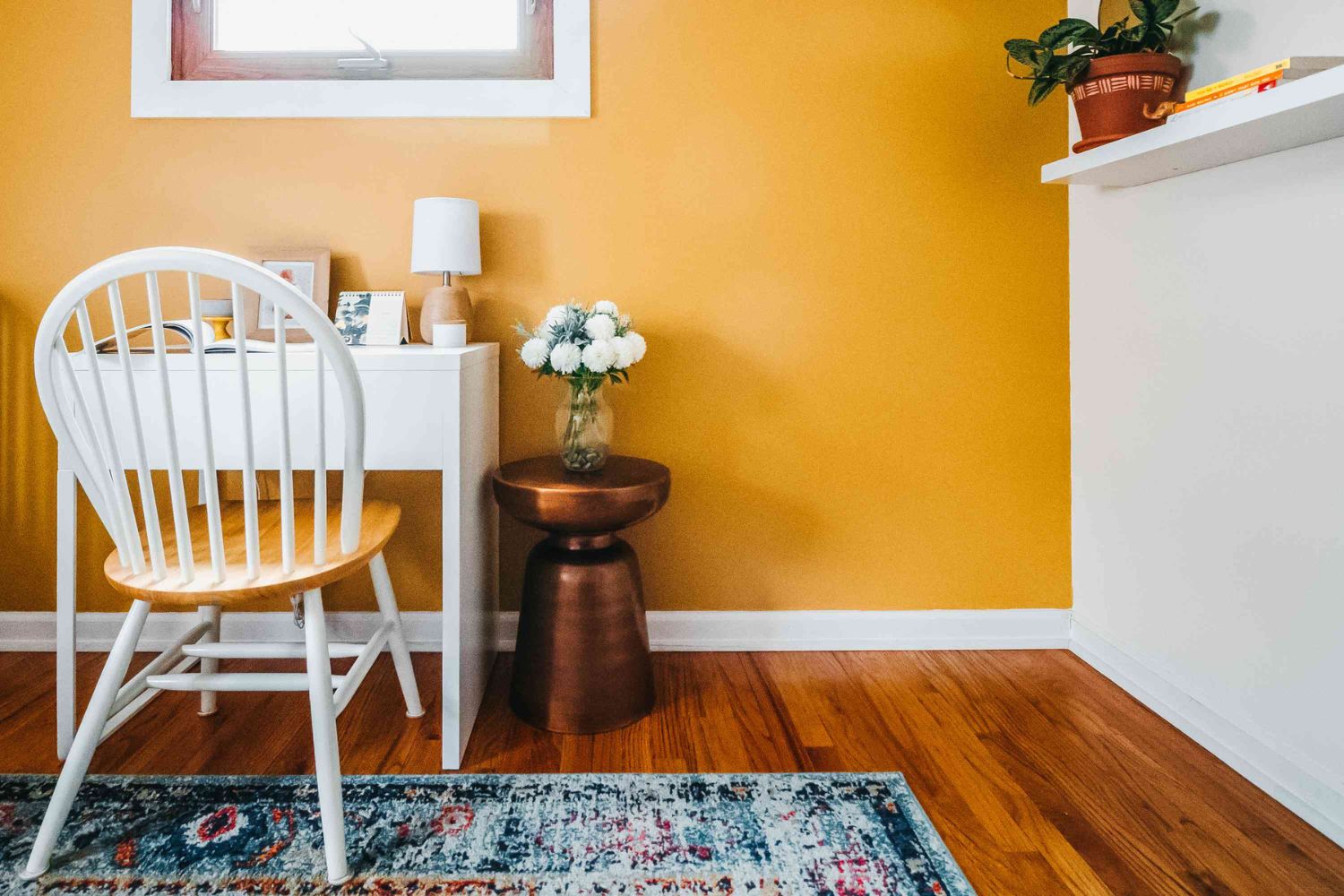
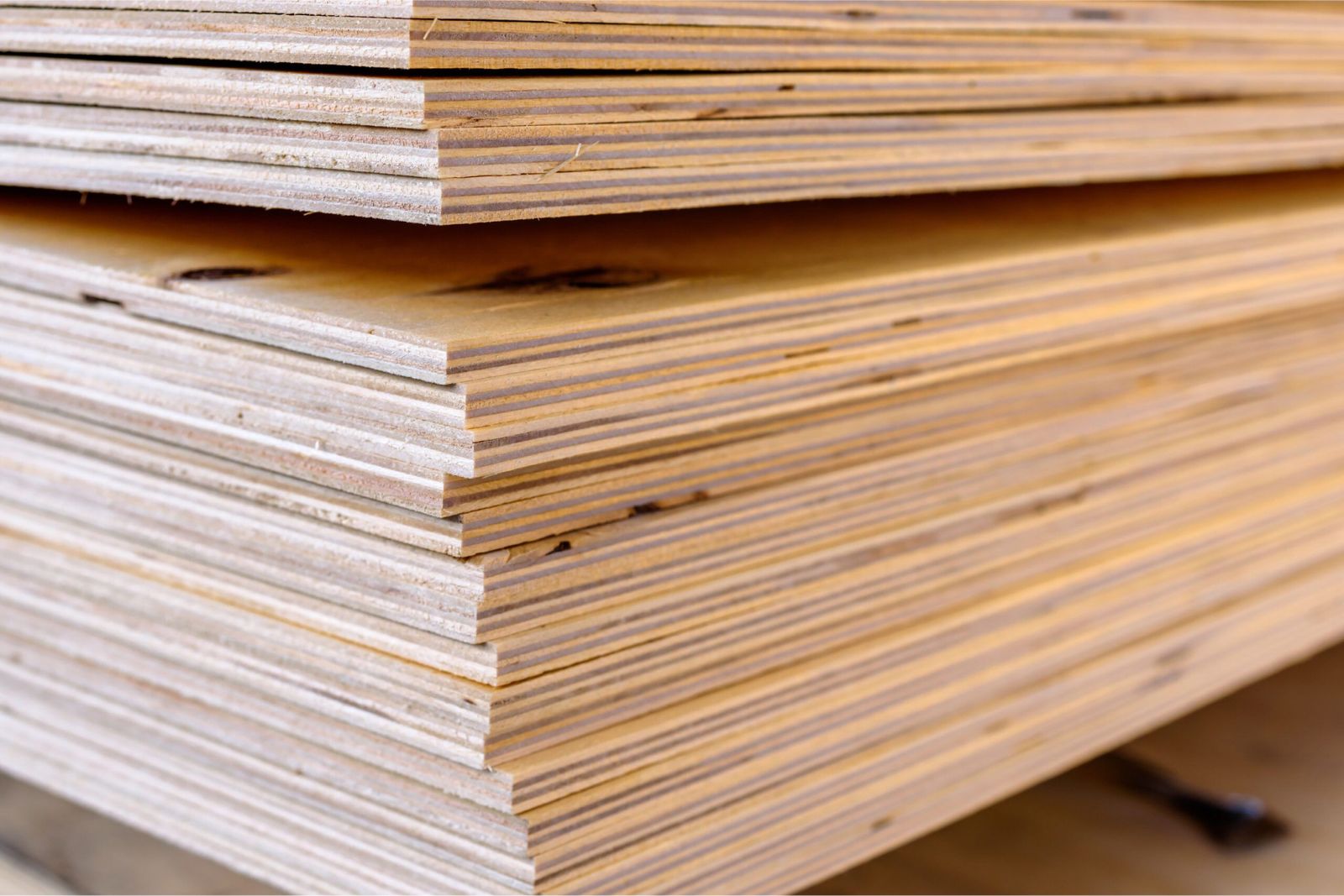
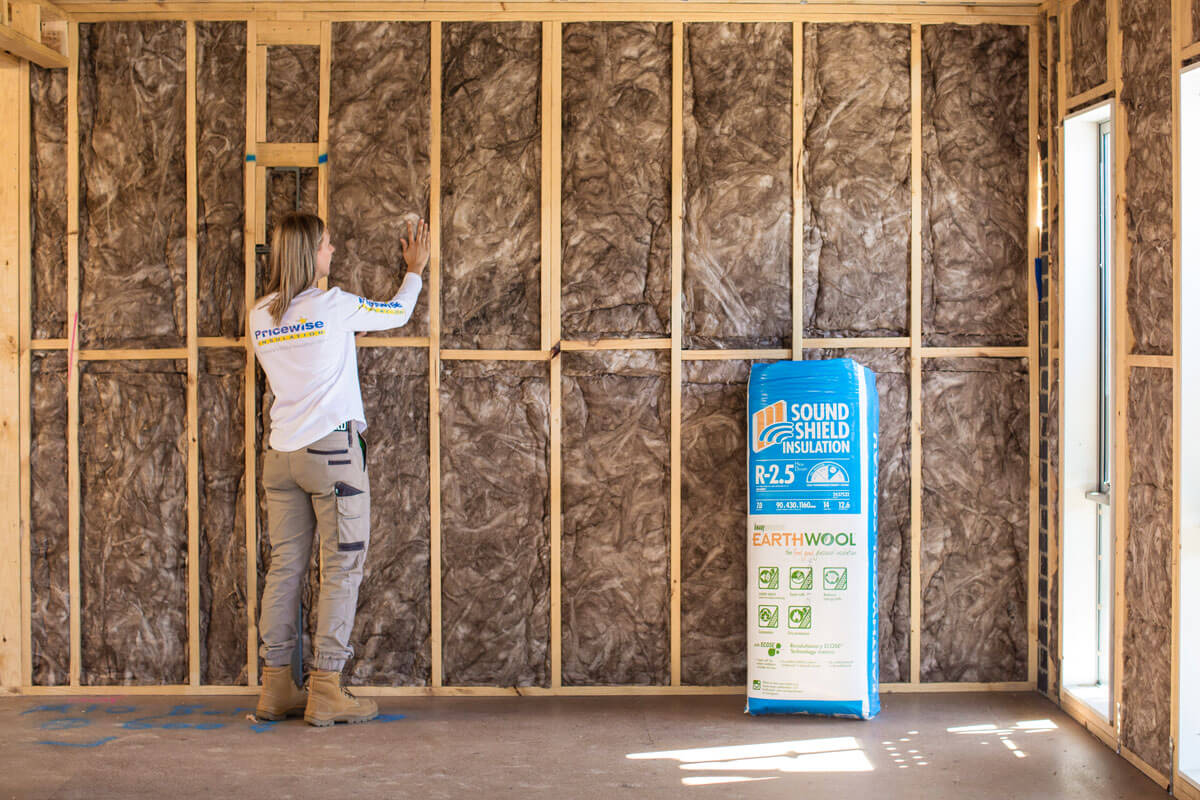
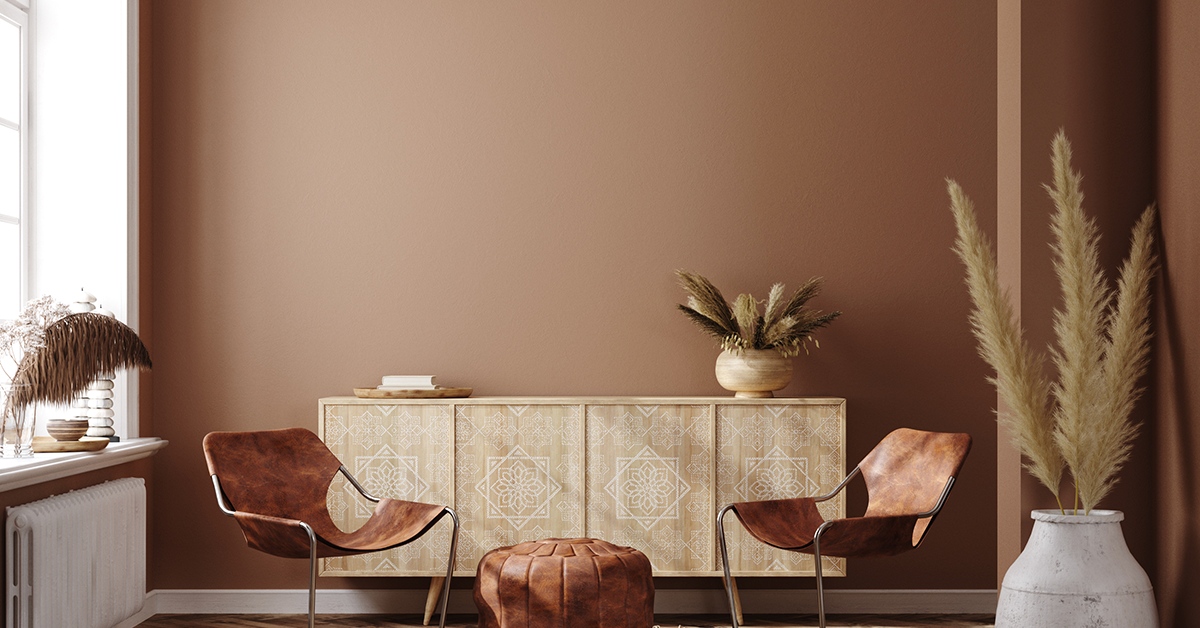
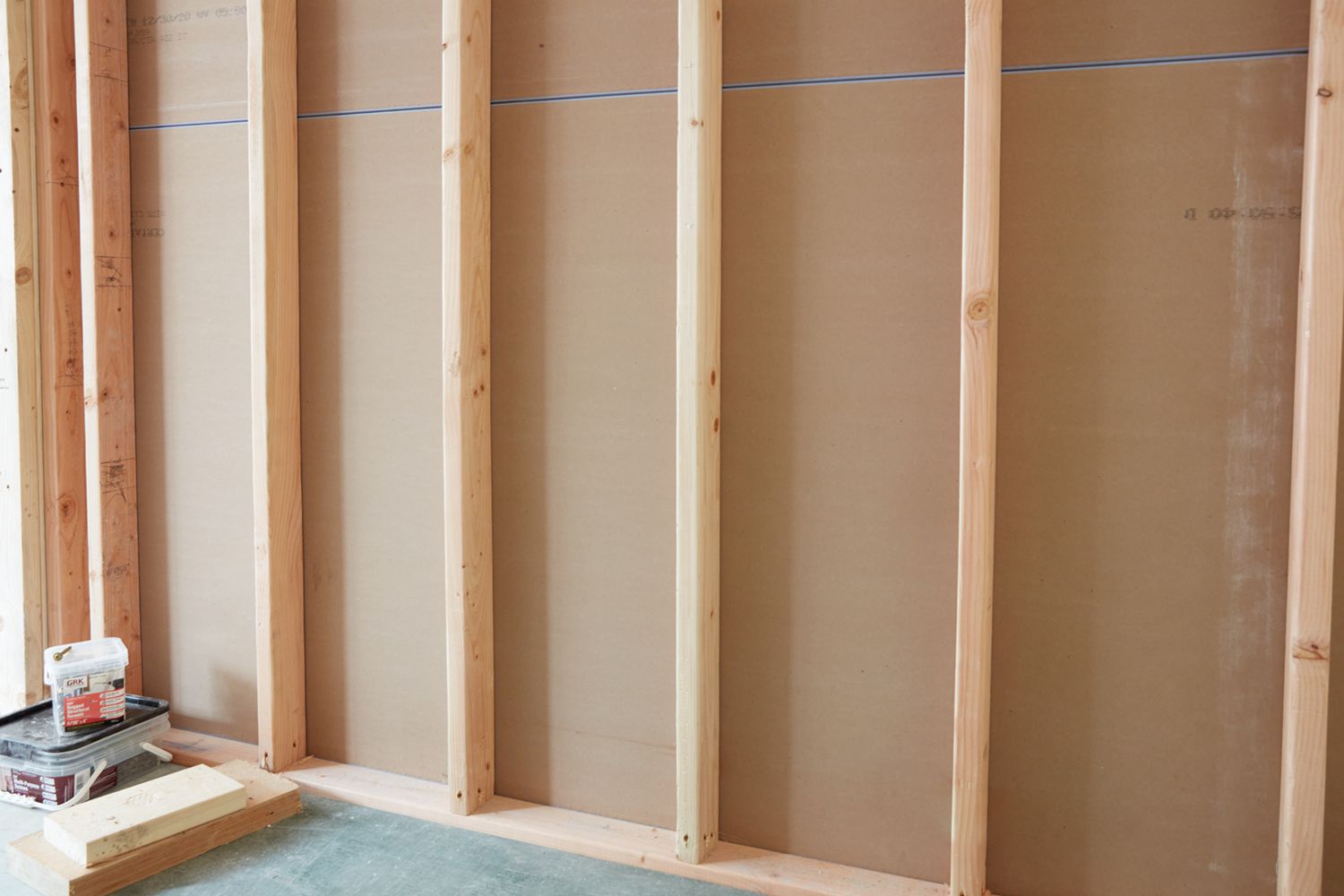

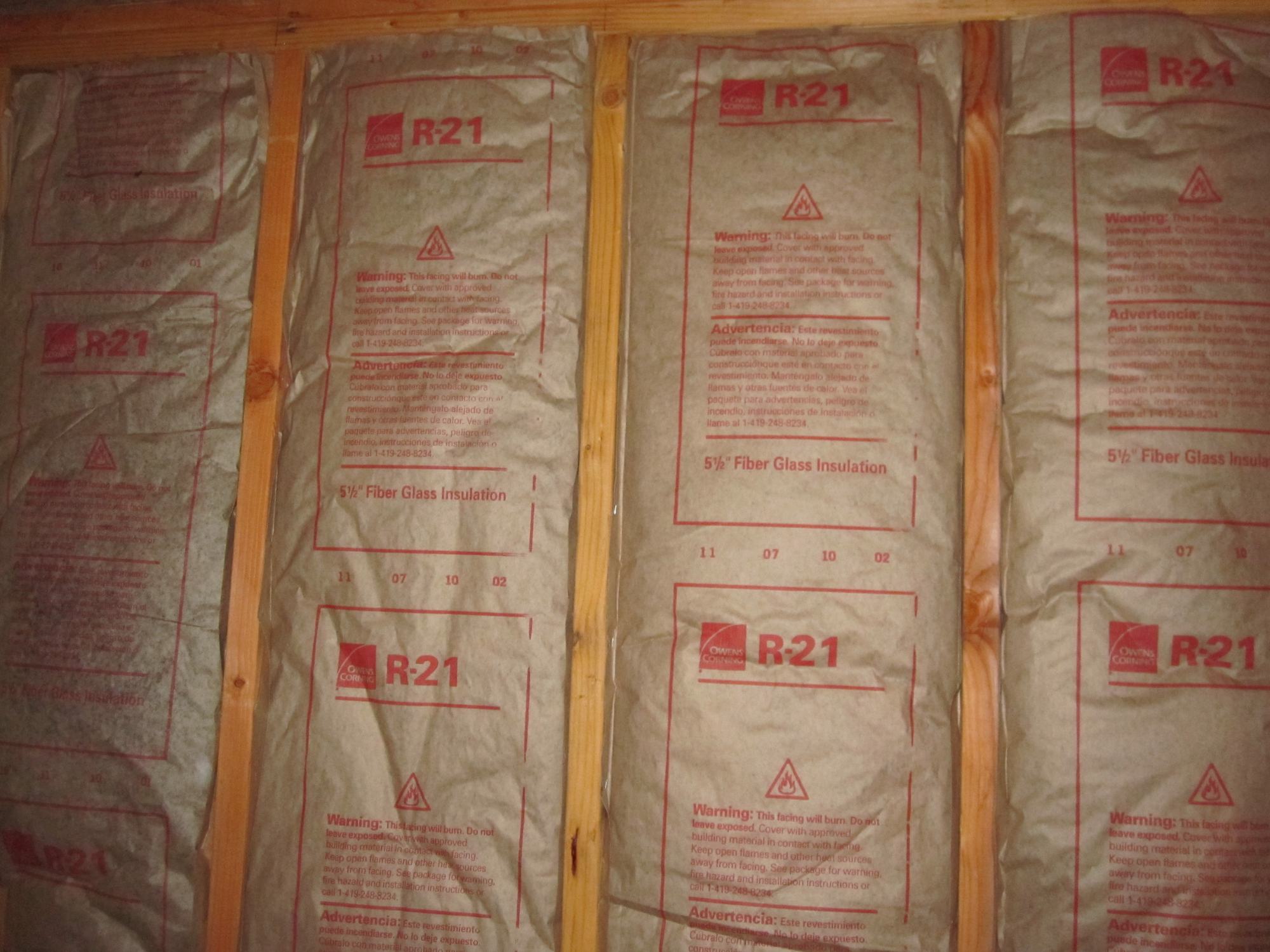
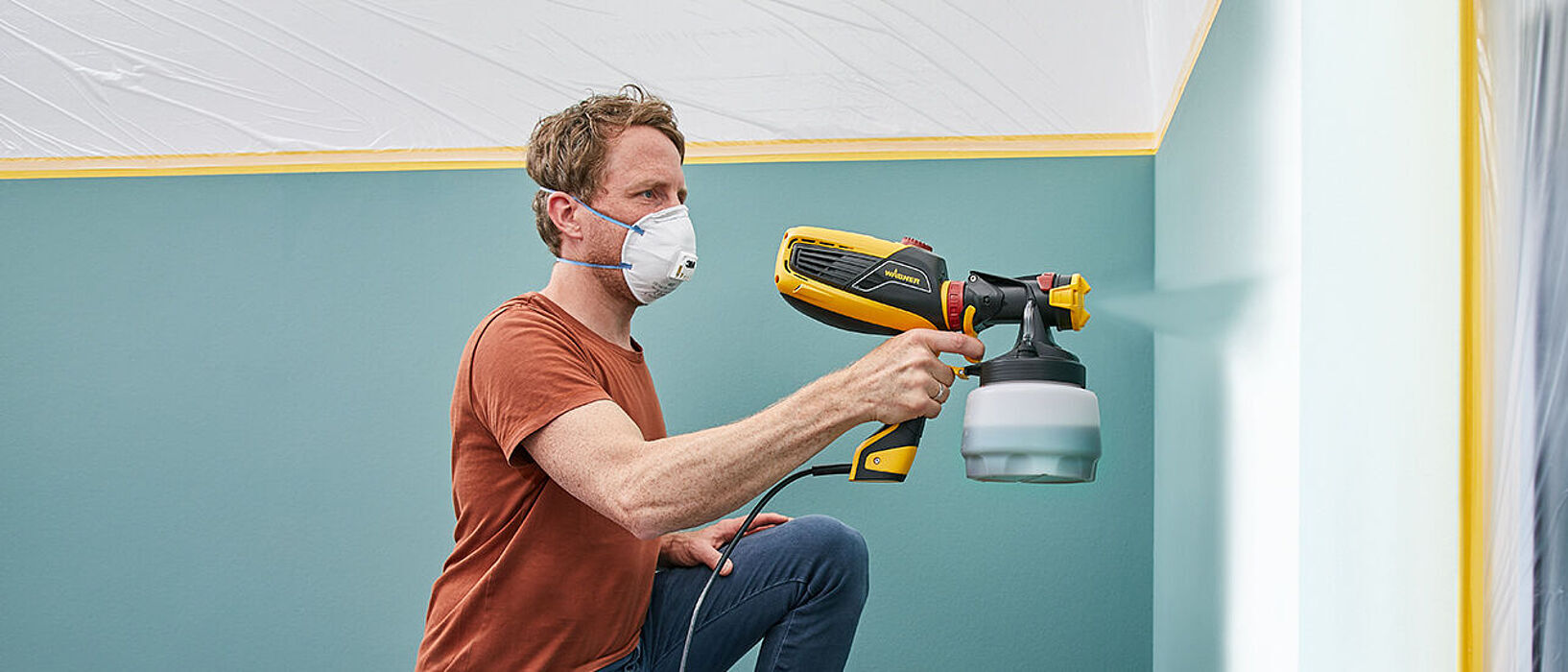
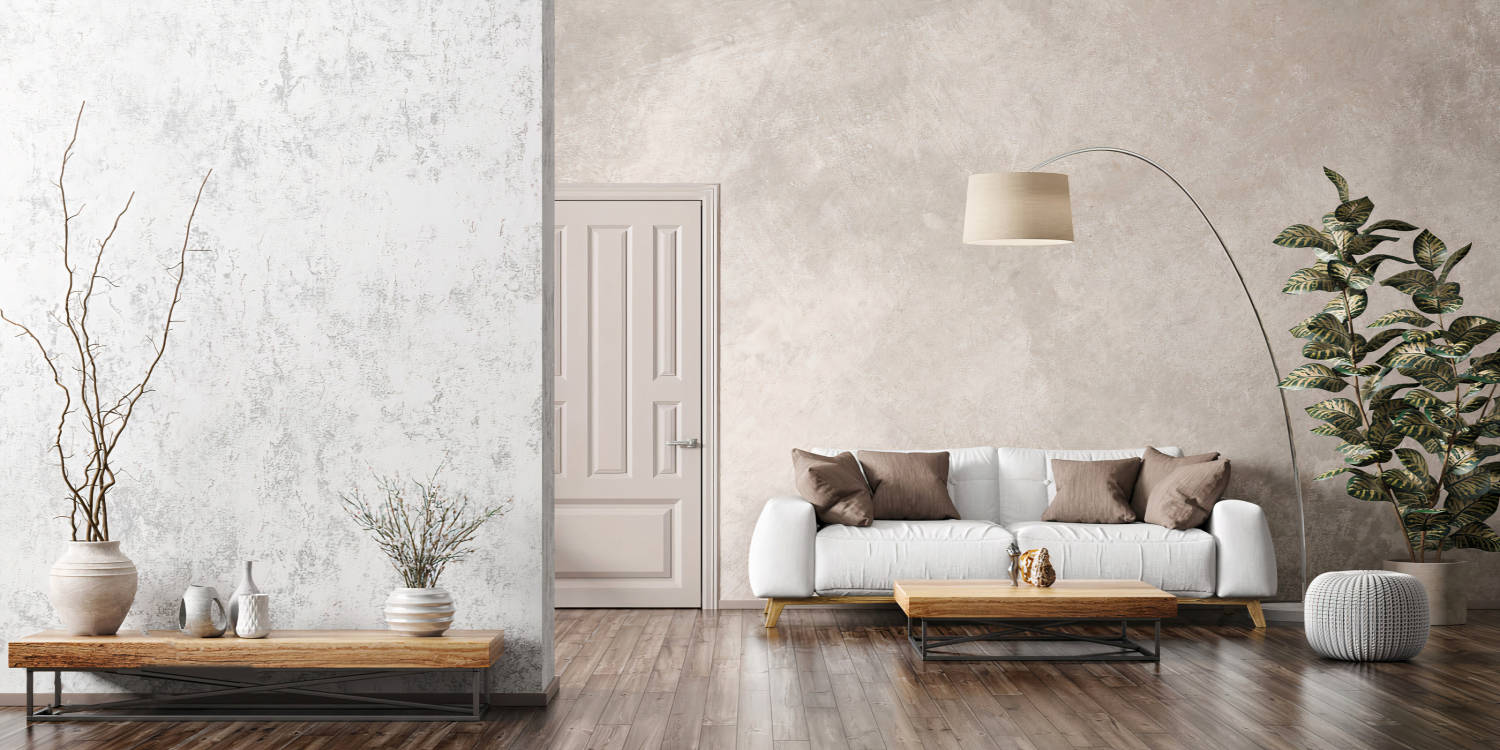
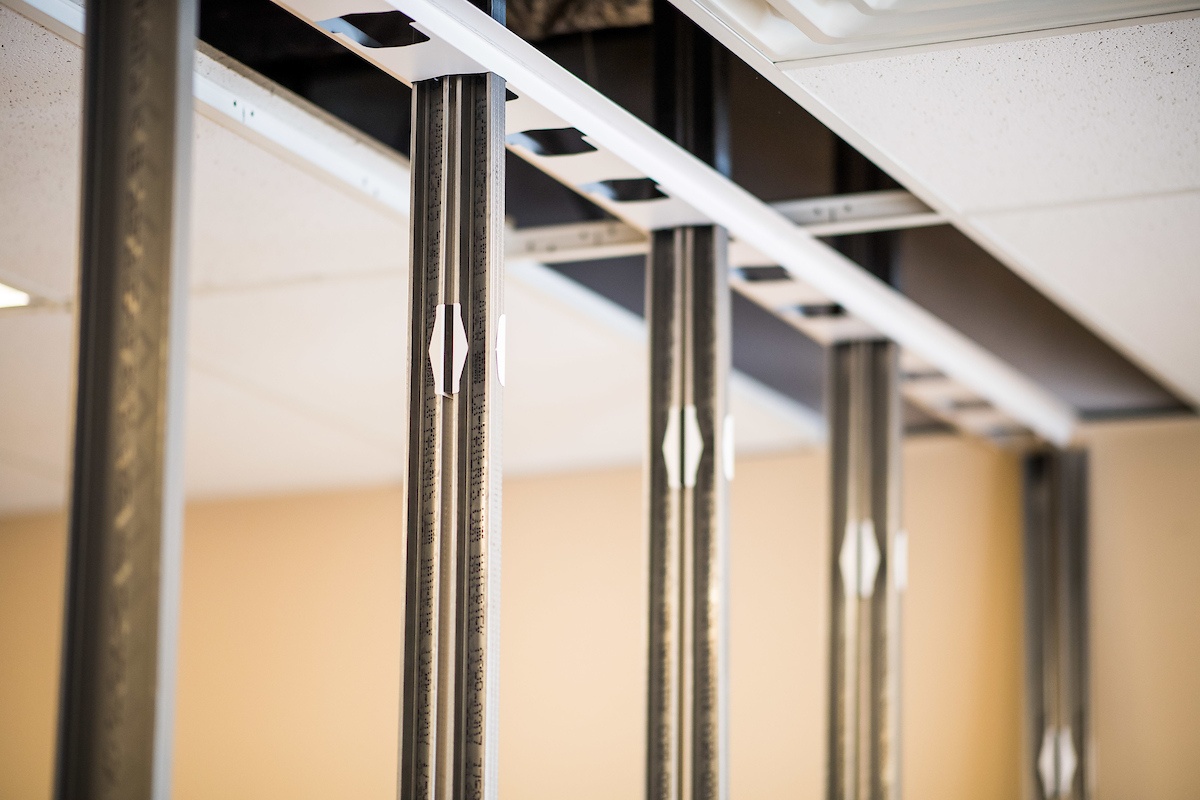

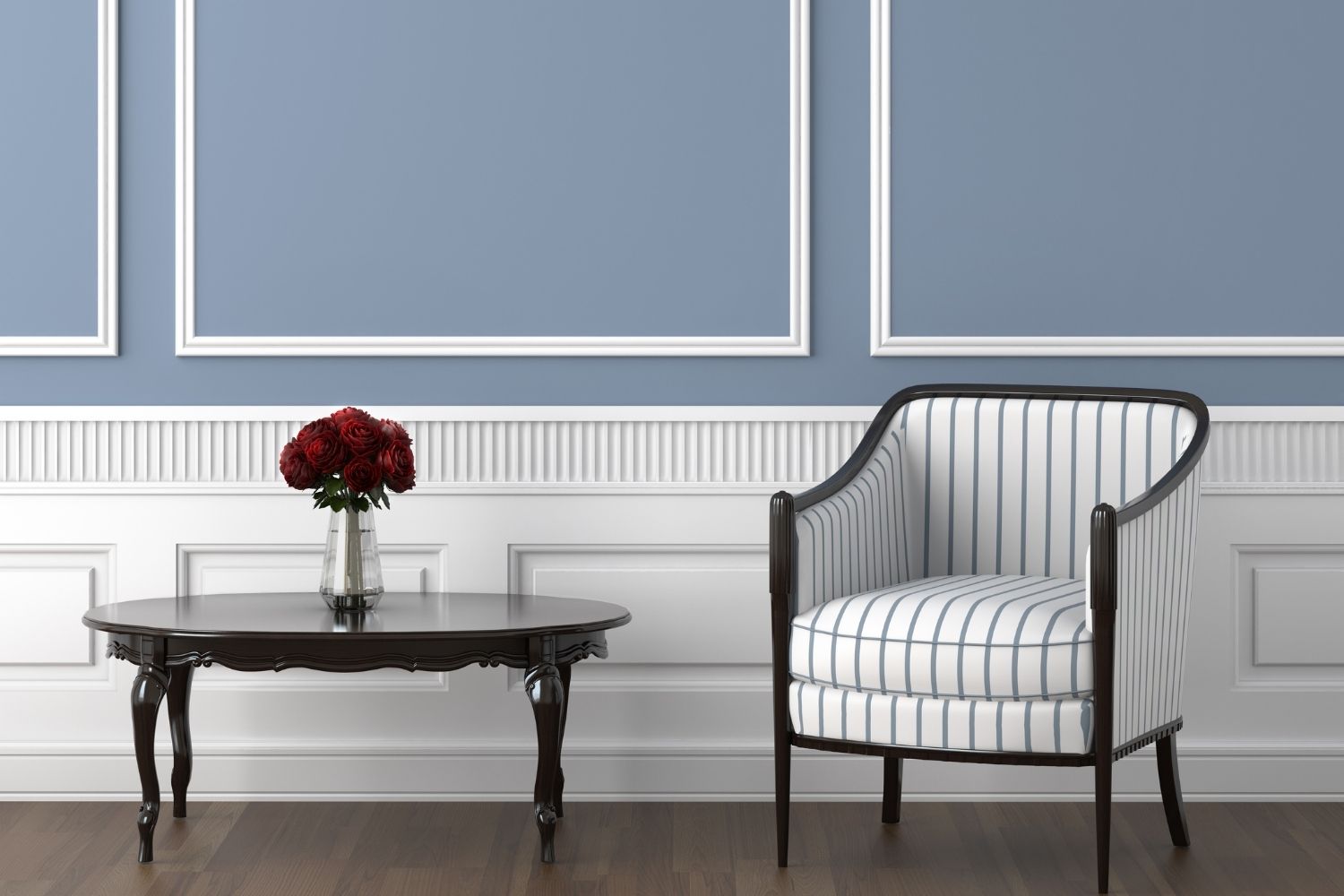


0 thoughts on “What Are Interior Walls Made Of”